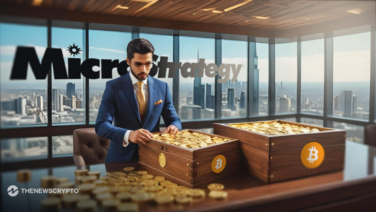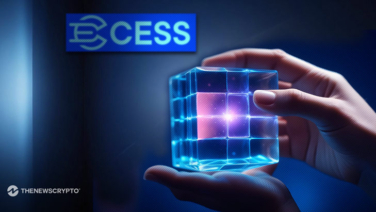The role of “Proof of reserves” is to ascertain that a financial institution has a 1:1 ratio backing of user funds with real assets. Blockchain companies are turning to third-party firms to audit their businesses and provide attestations to their assets and liabilities. This move has significantly grown following the collapse of FTX, which drove many users to question the financial health of centralized exchanges.
There are several ways that institutions can provide proof of reserves. One standard method is for the institution to provide a list of all the assets it holds and proof that it holds the private keys to those assets. This can be done through cryptographic proof, such as a Merkle tree, or by having a trusted third party audit the institution’s reserves. Other methods of proving reserves include providing regular reports on the institution’s financial health and publicly disclosing its financial statements. Binance Exchange kicked off the “proof of reserve” trend by proposing Merkle trees, and since then, several platforms have provided different types of attestations.
We can think of proof of reserves as Merkle trees or the Chainlink proof of reserves protocol. Both of which will be explained further below.
Merkle tree Proof of Reserves
A Merkle tree proof of reserve is a mechanism that some cryptocurrency exchanges use to demonstrate that they hold sufficient cryptocurrency assets in reserves to cover customer deposits.
The Merkle tree is a data structure that allows efficient and secure verification of large data sets. In the context of a proof of reserve, the exchange generates a Merkle tree from a list of all customer deposits and the corresponding balances. The exchange then provides a “Merkle root” hash of the tree, which is a condensed representation of all the data in the tree.
To verify the proof of reserve, a customer can request a “Merkle proof” from the exchange, which is a small piece of data that allows the customer to independently verify that their deposit is included in the list of customer deposits and that the balance is correct. Using the Merkle proof and the publicly available Merkle root, the customer can verify that the exchange is holding the correct amount of assets in reserve without revealing the specifics of any other customer’s deposits.
Chainlink protocol Proof of Reserves
A cryptocurrency exchange can obtain proof of reserves from the Chainlink decentralized oracle network. A decentralized oracle is a system that allows external data to be securely fed into blockchain-based smart contracts.
To obtain proof of reserves from Chainlink, the exchange can set up a smart contract on the blockchain that defines the terms of the proof of reserve. The contract can specify the minimum amount of assets the exchange is required to hold in reserves and the frequency at which proof of reserve must be provided.
The exchange can then use a Chainlink node to get the current total of customer deposits and the corresponding balances from its database and feed this information into the smart contract. The smart contract can then use this data to generate a Merkle tree and compute the Merkle root hash, which the blockchain stores as the proof of reserve.
Customers can then use the same Chainlink node to request a Merkle proof for their specific deposit. They can use this proof and the publicly available Merkle root hash stored on the blockchain to confirm their deposit is in the exchange’s reserve.
This setup makes it possible to have a decentralized and open proof of reserve as the smart contract, and the data that goes into it is stored on a public blockchain and can be checked by anyone.
Conclusion
The significance of proof of reserves cannot be overstated, as it ensures that customers’ funds are safeguarded and that the organization can meet its financial obligations. By performing an audit and comparing the organization’s assets and debts, it is possible to determine if it has enough assets to pay its customers. This helps to build trust in the organization and increase confidence in its financial stability.






